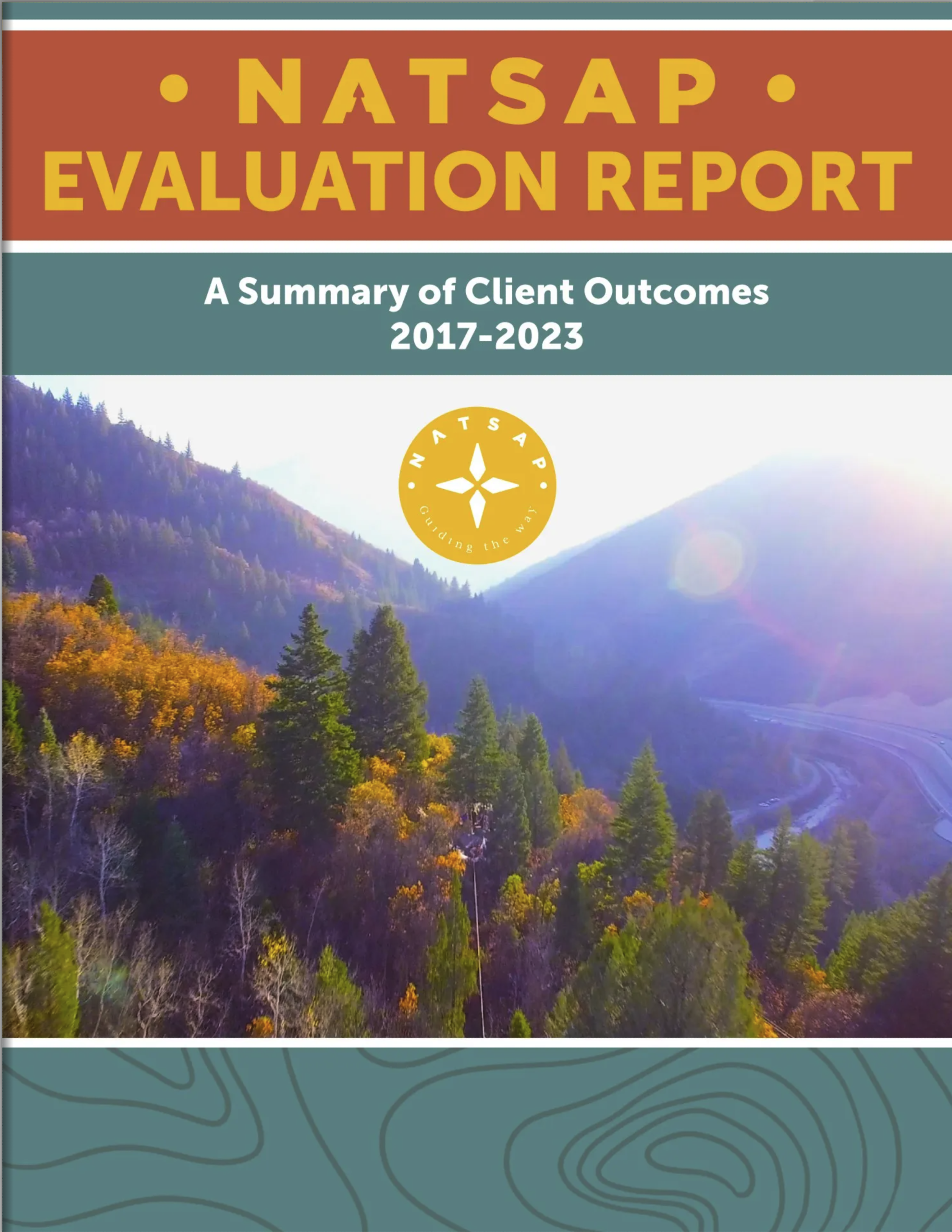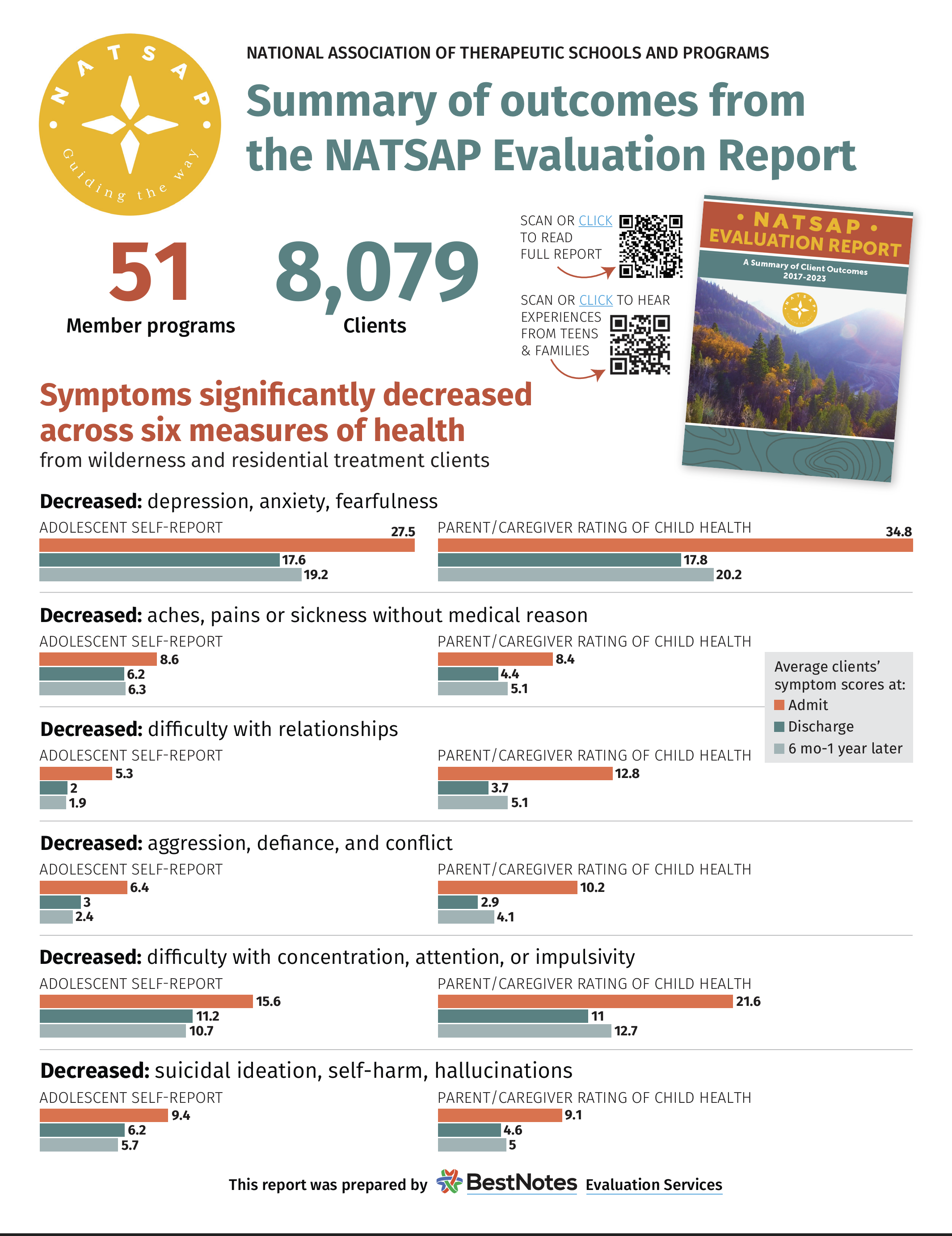Recommended Books
Browse by theme and click a title to see a quick summary.
Maté explains how childhood stress and emotional pain fuel ADD symptoms. He shows practical steps parents and teachers can take to build focus and self-worth.
Levine profiles ten students with different learning styles. He demonstrates how matching teaching to each child’s strengths boosts their confidence and results.
This classic blends real-life stories and brain science to explain ADHD’s root causes. The authors lay out medical and lifestyle strategies that help people thrive.
In this follow-up, they share fresh tools and success stories for living well with ADHD. You’ll find tips on exercise, diet, and mental framing that really work.
Silver shows how to spot hidden learning and emotional issues in kids. He offers clear, step-by-step strategies to help them succeed at school and at home.
This guide lists hundreds of colleges with strong learning-disability support. It covers services, admission tips, and on-campus resources for students.
Nowicki and Duke outline ways to boost social skills in shy or withdrawn children. Their games and exercises build confidence and peer connections.
A hands-on guide to teach nonverbal cues—like tone and body language—through fun activities. It helps kids read social signals and make friends.
Maine explores how father wounds shape emotional pain in both men and women. She offers healing practices to build healthier relationships.
This book reveals how parental addiction scars children. It gives clear tools for families to reclaim trust and rebuild connection.
A father-daughter memoir of parallel struggles with alcoholism. Their honest journey shows how shared pain can become shared healing.
Sheff’s raw account of his son’s addiction and the toll it takes on family bonds. He balances heartbreak with stories of hope and recovery.
Maté links addiction to trauma and social factors through neuroscience and case studies. He argues for compassion-based treatment over shame.
A teenage memoir of hiding and surviving an out-of-control drinking habit. Zailckas’s candid voice makes her recovery journey both gripping and inspiring.
Herman lays out a three-stage model for healing trauma and PTSD used in therapy worldwide. She weaves clinical insight with survivor stories.
Lawford blends his own recovery story with tools from mindfulness and 12-step work. He shows how small daily habits sustain long-term sobriety.
A spiritual memoir of living among Himalayan yogis. Waterston reflects on solitude, service, and inner transformation.
A crash-course handbook on Asperger traits and diagnosis. It offers clear, actionable tips for daily living and support.
Atwood lays out the spectrum of behaviors, from social quirks to sensory challenges. He then covers therapy approaches and positive interventions.
This research volume examines cognitive and social differences in Asperger Syndrome. Experts discuss diagnosis, brain function, and educational strategies.
Rourke defines nonverbal learning disability and its hallmarks—visual-spatial deficits and social challenges. He offers assessments and teaching methods.
Lovett gives career, relationship, and social tips for adults on the spectrum. Each chapter ends with exercises to build real-world skills.
A mother’s memoir of raising a daughter with Asperger’s. Fling shares both struggle and triumph in everyday family life.
Willey recalls growing up undiagnosed and the cost of “masking” her differences. She ends with advice on self-acceptance and advocacy.
A guide for supporting teens on the spectrum in school and social settings. It covers behavior, communication, and executive-function tools.
Ozonoff and colleagues cover everything from early signs to school planning. They back each step with research and real-life examples.
Tanguay gives hands-on routines and home projects to boost social and learning skills. Each chapter tackles a key NVLD challenge.
Focused on meltdown and crisis moments, this book offers step-by-step scripts for guiding teens safely through big emotions.
Stewart outlines a clear program for parents and educators to teach social, academic, and life-skills to affected children.
Verrier examines how adoption trauma leaves a “primal wound” in identity. She offers healing paths through ritual, storytelling, and connection.
Lifton explores adoptees’ lifelong search for birth roots. She combines interviews and memoir to chart adoption’s emotional terrain.
Lifton details adoptees’ stages of identity formation from childhood through adulthood. She offers case studies and therapy insights.
Hughes presents Dyadic Developmental Psychotherapy to heal attachment injuries. He covers play, empathy, and corrective emotional experiences.
This guide gives trauma-informed parenting techniques to nurture trust and self-control in children with attachment challenges.
A step-by-step manual for therapists and parents using attachment theory to rebuild safe, loving bonds with traumatized children.
Gurian explores boys’ unique brain wiring and shows parents how to foster emotional intelligence and connection at every age.
Mogel argues that letting kids face small failures builds grit and problem-solving skills. She offers real-world examples and tips.
Kindlon warns against over-parenting and shows how stepping back helps children develop resilience, creativity, and self-reliance.
Robbins investigates academic pressure and its toll on teen mental health, spotlighting families and schools that break the stress cycle.
Levine exposes hidden anxiety and depression in affluent teens, and guides parents toward authentic connection over perfectionism.
Pollack dispels myths about male toughness and shows how emotional expression supports boys’ healthy development.
This book links boys’ emotional pain to societal expectations and offers new paths for parents to protect their inner lives.
Pipher examines the crisis of girlhood under cultural pressures and offers strategies to help teens build self-worth and resilience.
Wiseman decodes girls’ social cliques and toxicity, then teaches parents and schools how to foster empathy and healthy friendships.
Levine guides parents through teaching life skills—money, decision-making, and self-advocacy—to prepare teens for adulthood.
Solden offers insights into how ADHD shows up in adult women and shares coping strategies drawn from real-life stories.
Nadeau mixes research and personal narrative to help mothers juggle ADD challenges with family roles and self-care.
This guide explores the link between ADHD and addictive tendencies and offers a recovery roadmap tailored to ADHD brains.
Sax argues that lack of male mentors and screen time overload are derailing boys’ development—and he proposes clear fixes.
Sax explores biological differences in learning between boys and girls and shows how teaching can adapt to each gender’s needs.
Sax exposes hidden crises among teenage girls and offers hands-on guidance to help them navigate self-image and peer pressure.
Gurian maps boys’ brain development stages and offers parents and teachers clear steps to support their growth.
Lerner presents a strengths-based view of adolescence, showing how to help teens build on their talents and values.
This parent’s guide helps distinguish healthy gaming from harmful use and sets practical boundaries for digital play.
Siegel and Hartzell link parents’ own histories to their parenting styles and offer exercises to build deeper family bonds.
Harris teaches acceptance and commitment therapy (ACT) skills to help families manage stress and foster joy.
Anderson reviews online risks—from social media to gaming—and shows parents how to coach kids toward safe choices.
Coloroso offers concrete steps to prevent bullying and teach empathy, respect, and accountability at school and home.
This book challenges parenting myths with cutting-edge research on praise, sleep, and peer pressure to raise resilient kids.
Levine introduces Somatic Experiencing to release trapped trauma through body awareness and gentle movement.
A comprehensive survey of trauma’s impact on mind and body and the latest evidence-based treatments.
Scaer explains how trauma rewires the brain and offers holistic healing approaches that span mind and body.
Presents the NeuroAffective Relational Model to address early attachment wounds and build emotional regulation.
A user-friendly intro to Somatic Experiencing, showing simple body-based exercises for trauma relief.
A landmark work detailing how trauma lodges in the body and state-of-the-art therapies to free it.
Levine shows how vocal expression and breathwork unlock deep emotional and physical healing.
Can’t find what you’re looking for?
Let us know exactly what you need and we’ll point you to the right resource.

Ready to Support Your Child's Journey
Take a positive step for your child's future today. Connect with us for guidance that makes a difference. Together, we can unlock your child's potential.
Call Us Now


